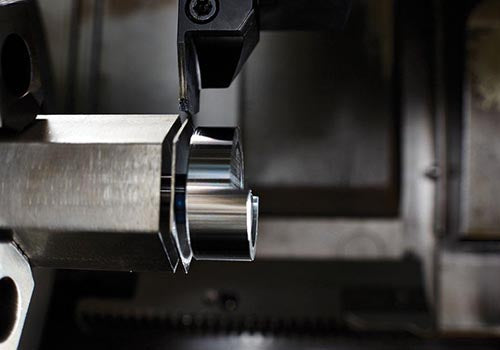
A Comprehensive Look at the Most Popular CNC ID & OD Turning Toolholders in the Market
Share
Introduction
CNC (Computer Numerical Control) ID and OD turning toolholders are essential components for any machining process. They play a critical role in the turning process by holding and positioning the cutting tool to create precise cuts. A wide range of CNC ID and OD turning toolholders are available in the market today, making it challenging to choose the right one for your machining needs. In this blog post, we will take a comprehensive look at the most popular CNC ID and OD turning toolholders in the market, their features, benefits, and applications.
Popular CNC ID and OD Turning Toolholders
1. Boring Bars
Boring bars are the most commonly used CNC ID and OD turning toolholders used in the machining industry. They are designed to remove material from the inside diameter of a workpiece, and their versatility makes them ideal for a wide range of applications. Boring bars come in various shapes and sizes, including straight, offset, and angled, depending on the application.
Straight boring bars are ideal for creating straight holes, while angled boring bars are used for creating angled or tapered holes. Offset boring bars are used when a hole needs to be drilled in a difficult-to-reach area. Boring bars are available in both solid and indexable versions, and the latter allows for easy replacement of the cutting tip.
2. Threading Toolholders
Threading toolholders are used for creating threads on the inside diameter of a workpiece. These toolholders are designed to hold the cutting tool at a precise angle, ensuring that the thread is cut accurately. Threading toolholders come in various sizes and shapes, depending on the thread size and pitch.
Threading toolholders are available in both solid and indexable versions, with the latter allowing for easy replacement of the cutting tip. Carbide inserts are commonly used for threading toolholders due to their high wear resistance and long tool life.
3. Grooving Toolholders
Grooving toolholders are designed to create grooves on the inside or outside diameter of a workpiece. These toolholders are available in various sizes and shapes, depending on the groove width and depth required. Grooving toolholders are available in both solid and indexable versions, with the latter allowing for easy replacement of the cutting tip.
4. Parting Toolholders
Parting toolholders are designed to create a cut-off or parting operation on the inside or outside diameter of a workpiece. These toolholders come in various sizes and shapes, depending on the parting operation required. Parting toolholders are available in both solid and indexable versions, with the latter allowing for easy replacement of the cutting tip.
5. Turning Toolholders
Turning toolholders are designed to create a smooth surface finish on the outside diameter of a workpiece. These toolholders come in various sizes and shapes, depending on the diameter of the workpiece and the depth of the cut required. Turning toolholders are available in both solid and indexable versions, with the latter allowing for easy replacement of the cutting tip.
Conclusion
Choosing the right CNC ID and OD turning toolholder is critical to the success of any machining process. In this blog post, we have discussed the most popular CNC ID and OD turning toolholders in the market, their features, benefits, and applications. By understanding the different types of toolholders available, you can select the right toolholder for your specific machining needs.




